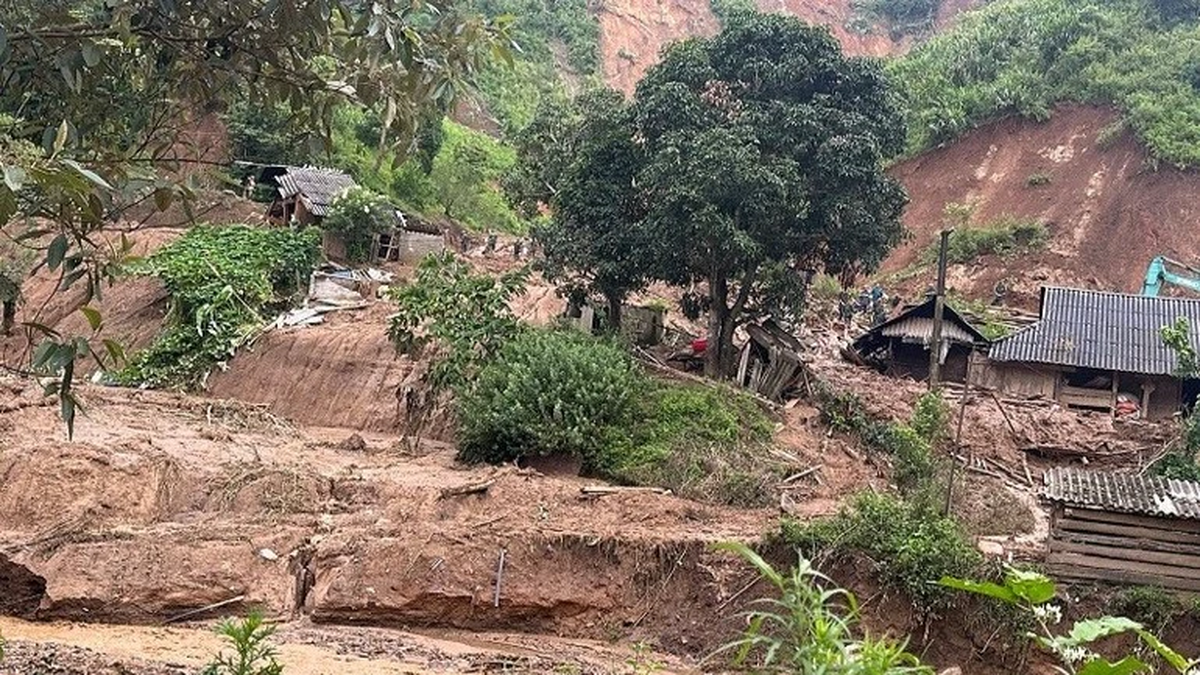
You can take a Vietnam Airlines flight from Hanoi to Can Tho, from the airport rent a car and continue the 50km journey to Mang Thit district, Vinh Long, or take the highway about 150km from Ho Chi Minh City.

The beauty of the "red kingdom" Mang Thit is the resonance between the shape and structure of unique round kilns and the charming river landscape of the Western region.

Uncle Tam Thanh, 70 years old, in Cai Can hamlet, My Phuoc commune, said that the brick and tile making profession in Vinh Long originated from Chinese people who came here about 100 years ago, probably because the clay - the main material used to make bricks and tiles here - is of very good quality.

Perhaps, that is why in the area along the lower Mekong River, Mang Thit area has the most brick kilns. Other areas such as Sa Dec, Ben Tre , Can Tho also have them scattered but the scale is only a few dozen to 200 kilns.

The secret of brick and tile making has been passed down from generation to generation, helping to enrich families in Mang Thit and creating jobs for many people from other provinces. In the 1990s, the number of brick kilns in Mang Thit reached nearly 3,000, concentrated in the four communes of My An, My Phuoc, Nhon Phu, and Hoa Tinh, creating an impressive landscape.

However, since the late 2000s, local raw materials such as rice husks and clay have become increasingly expensive. Since 2010, local authorities have begun to dismantle artisanal brick kilns due to negative environmental impact assessments.

Most young people left home to work in industrial zones. The number of brick kilns disappeared rapidly, with more than 1,000 remaining today, most concentrated in the Thay Cai canal area. Weeds and vines grew over the smoke-belching kilns. Only a few kilns remained in operation.
Heritage Magazine



































































































Comment (0)